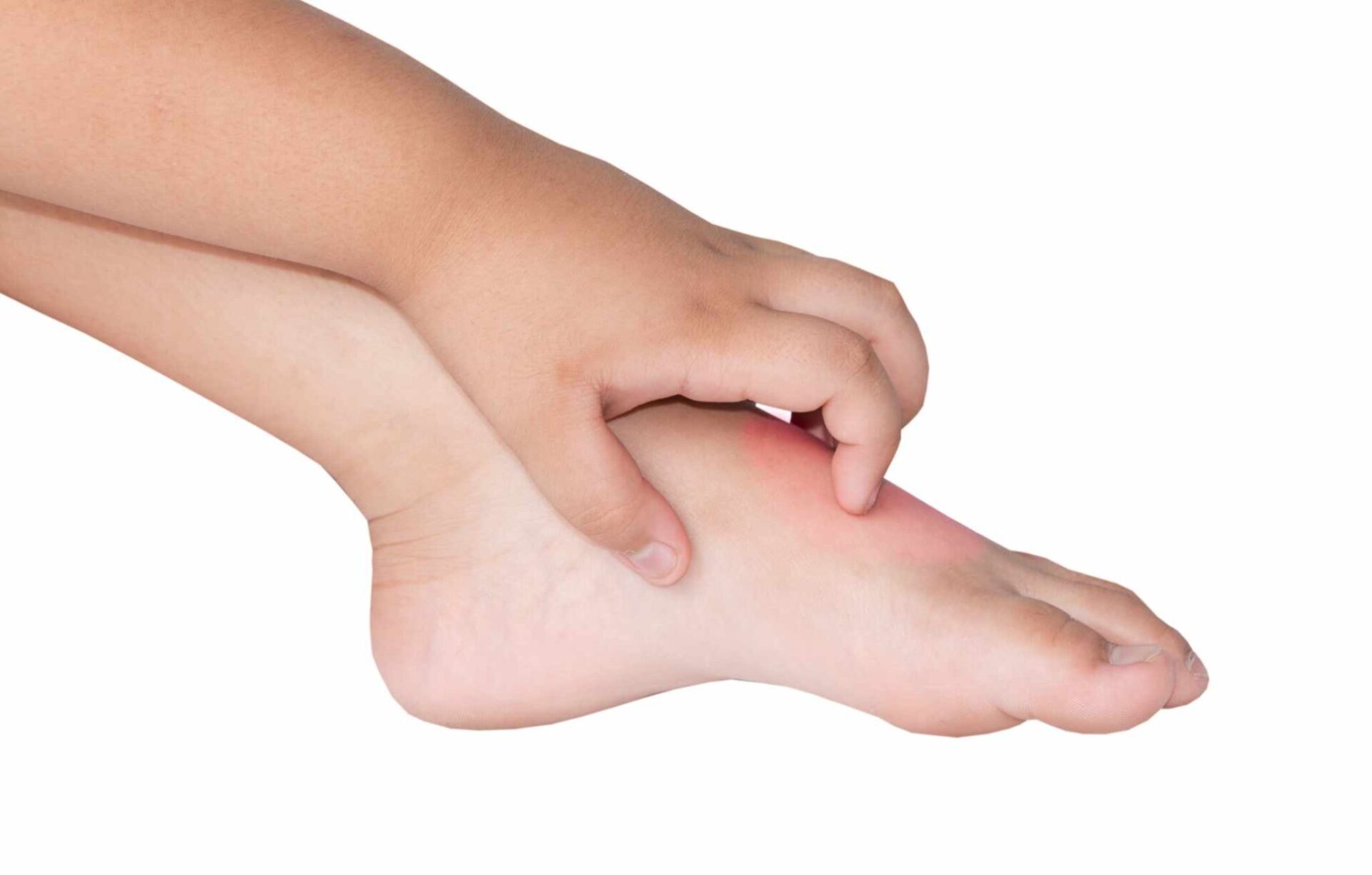Impetigo
ChatRx uses advanced AI to accurately diagnose the symptoms of impetigo and prescribe antibiotics when necessary.
Overview
Impetigo is a highly contagious bacterial skin infection that primarily affects young children, though it can occur in people of any age. It is caused by the Staphylococcus or Streptococcus bacteria and is characterized by the development of red, oozing sores or blisters on the skin. Prompt treatment is essential to prevent the spread of this condition and promote healing.
If your child has signs and symptoms of impetigo, it is important to seek treatment quickly.
AI-Powered Symptom Assessment Preview is Now Live!

What is Impetigo?
- A highly contagious bacterial skin infection
- Primarily affects young children, but can occur in people of any age
- Caused by the Staphylococcus or Streptococcus bacteria
- Characterized by the development of red, oozing sores or blisters on the skin
Causes of Impetigo
- Infection with Staphylococcus or Streptococcus bacteria
- Direct contact with someone who has impetigo or with contaminated surfaces
- Breaks in the skin, such as cuts, scratches, or insect bites, that allow the bacteria to enter
- Weakened immune system or poor hygiene that increases susceptibility to infection
Preventing Impetigo
- Practicing good hand hygiene, especially after contact with an infected individual
- Avoiding sharing personal items like towels, clothing, or sleeping surfaces
- Keeping any cuts, scrapes, or insect bites clean and properly covered
- Encouraging children to avoid picking or scratching at their skin
Oozing Sores and Blisters can be Impetigo
AI-Powered Impetigo Treatment Preview is Now Live!
Start Your Impetigo Assessment Now
Symptoms of Impetigo
- Red, oozing sores or blisters that may develop a yellow-brown crust
- Itching or discomfort in the affected areas
- Potential spread of the infection to other parts of the body or to other individuals
- Fever or other signs of systemic infection in severe cases
Treating Impetigo
- Topical antibiotic ointments, such as mupirocin or fusidic acid, to fight the bacterial infection
- Oral antibiotics, like cephalexin or amoxicillin-clavulanate, for more extensive or severe cases
- Keeping the affected areas clean and covered to prevent the spread of the infection
Self-Care for Impetigo
- Gently clean the affected areas with warm water and mild soap
- Apply a thin layer of the prescribed antibiotic ointment as directed
- Cover the sores with a clean, dry bandage to help prevent the spread of the infection
- Avoid scratching or picking at the affected areas, as this can worsen the condition
Antibiotics for Impetigo
- Topical antibiotic ointments, such as mupirocin or fusidic acid, are commonly used to treat impetigo
- Oral antibiotics, like cephalexin or amoxicillin-clavulanate, may be prescribed for more extensive or severe cases
- It is important to follow the healthcare provider’s instructions and complete the full course of antibiotics to ensure the infection is properly treated
Risk Factors for Impetigo
- Direct contact with an individual who has impetigo or with contaminated surfaces
- Breaks in the skin, such as cuts, scratches, or insect bites, that allow the bacteria to enter
- Weakened immune system due to underlying medical conditions or certain medications
- Poor hygiene or living in crowded or unsanitary conditions that promote the spread of bacteria
Summary
Impetigo is a highly contagious skin infection that requires prompt treatment to prevent the spread of the condition and promote healing. By practicing good hygiene, avoiding contact with infected individuals, and seeking appropriate medical care, individuals can effectively manage and prevent the occurrence of impetigo.
Frequently Asked Questions
Impetigo can spread rapidly, often within 24-48 hours. The bacteria can easily transfer from one area to another through scratching or touching. New sores may appear close to the original ones or on other body parts that were touched with contaminated hands.
Worried about spreading red sores? Get an online medical assessment through ChatRx’s AI doctor platform.
Children should stay home from school until they’ve been on antibiotic treatment for at least 24 hours and the sores are beginning to heal. After this period, if the sores can be reliably covered, they may return to school.
Yes, adults can catch impetigo from infected children through direct contact. While it’s more common in children, adults can develop impetigo, especially if they have broken skin or a weakened immune system.
Signs of healing include reduced redness around the sores, less oozing, and the honey-colored crusts beginning to fade or fall off. Most cases show improvement within 2-3 days of starting antibiotics. If there’s no improvement, additional treatment may be needed.
Impetigo typically starts as red sores that quickly burst and develop honey-colored crusts. Unlike eczema or allergic reactions, impetigo sores often ooze and are highly contagious. The sores usually don’t itch as much as other rashes.
Confused about your skin symptoms? Let our AI doctor assess your condition and provide immediate treatment guidance.
Most cases of impetigo heal without scarring when treated promptly. However, scratching the sores or delaying treatment can increase the risk of scarring. Any dark spots that remain usually fade over time.
Yes, impetigo can recur, especially if the underlying cause (like cuts or scrapes) remains. Good hygiene, keeping skin moisturized, and promptly treating any skin injuries help prevent recurrence.
If topical antibiotics aren’t showing improvement within 3 days, or if the infection is spreading, you may need oral antibiotics or a different treatment approach.
Think you might have impetigo? Connect with an online doctor instantly through ChatRx’s AI medical platform